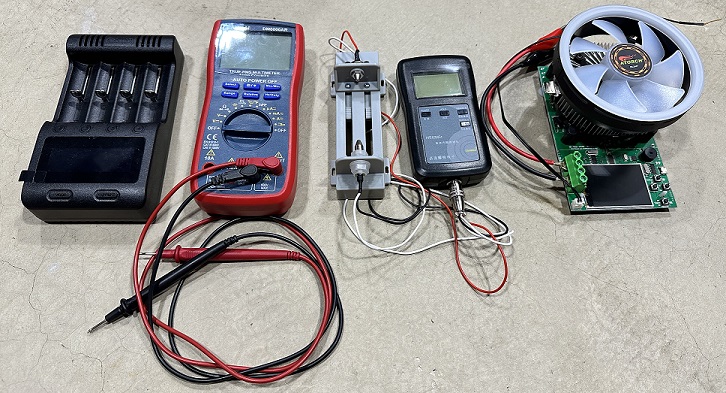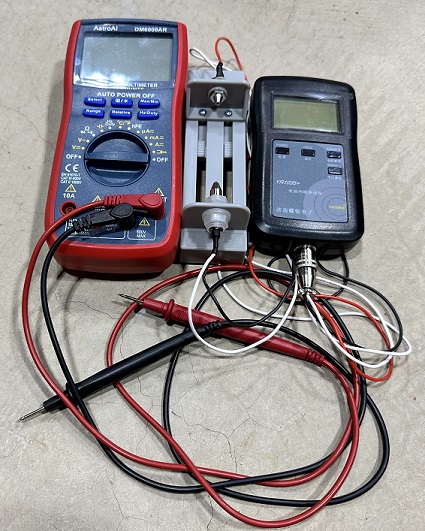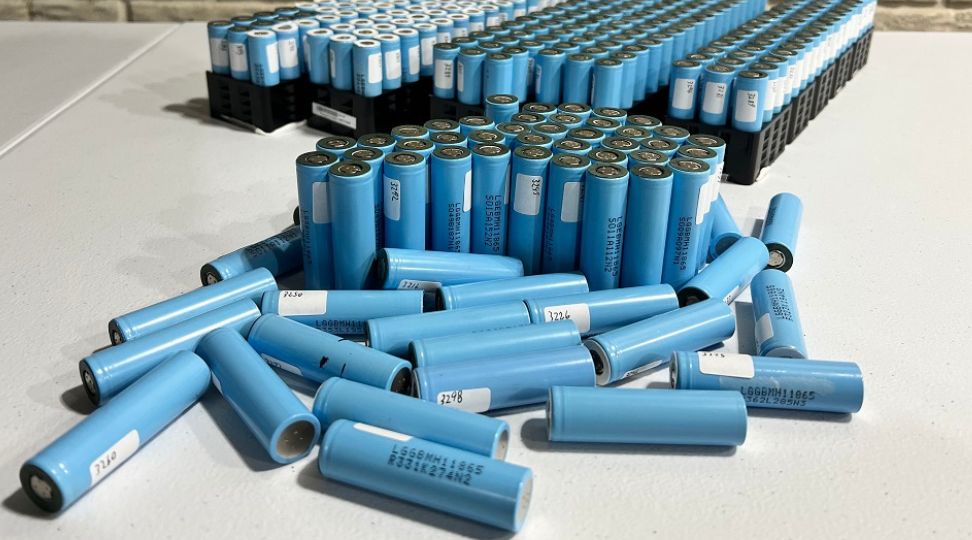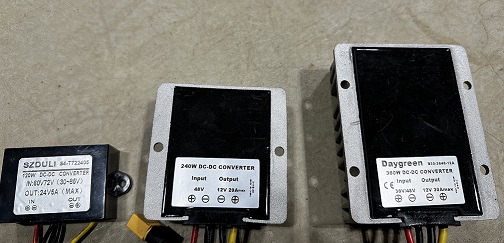
What Are The Steps In Battery Testing?
Table of Contents
The steps in battery testing involve a visual inspection for physical damage, a voltage check to make sure the battery is within a normal operating range, a capacity test to compare current capacity to rated capacity, and an internal resistance test to assess the battery's overall health.
By testing lithium batteries you ensure the reliable and safe operation of batteries. Whether you're dealing with testing complete lithium-ion batteries or raw lithium-ion cells, thorough testing is essential to assess their condition, capacity, and overall health.
How Do I Test A Battery?
Visual Inspection: The first step is a visual Inspection. Look at the cell or battery. Examine it and see if you see any signs of damage like leaks, cracks, corrosion, or swelling. You might also want to smell the battery. A leaking cell usually has a somewhat sweet smell to it.
Voltage Measurement: Attach multimeter probes to the battery and measure its voltage. The voltage should be something between the LVC (Low Voltage Cutoff) and HVC (High Voltage Cutoff) stated in the cell or battery’s datasheet. For NMC, this will be between 2.5 volts and 4.2 volts per cell. For an LFP cell or battery, it will be 2.5 to 3.7 volts. If it is significantly lower or any higher than those figures, there is a problem.
Self Discharge Test: Charge all cells that you will be testing fully. Note the voltage after you take them off the charger. Allow the cells to sit for two weeks, and make sure where they are being stored is at a stable temperature. After that time has passed recheck the voltages of all cells, any that have dropped by more than .1V should not be used.
Capacity Test: A capacity test is a great way to measure how useful the battery will be because you can see how much energy it can hold. It can also be useful in ascertaining the overall health of the battery by comparing the ratio of the energy it can actually store to the energy it's rated as being able to store. For example, if a 5Ah cell can only store 4Ah, then it can only store 80% of its rated capacity. By this point, the cell has passed its lifespan.
[[ aff type=cta ~ bg=`` ~ main=`Best Cell Capacity Testers` ~ second=`Check out our guide on the best cell capacity testers! ` ~ btnText=`Best Testers` ~ btnLink=`https://cellsaviors.com/blog/18650-21700-chargers-testers` ~ align=`center` ]]
Internal Resistance Test: This is the most telling performance figure for battery cells. Calculating internal resistance will indicate the health of the battery and how much current it can safely and practically supply. A high internal (above 50 mOhms) will result in the battery not being able to deliver its full power as it will produce a large voltage drop under load.
[[ aff type=cta ~ bg=`` ~ main=`IR Testing & Testers` ~ second=`Check out our guide on how to test IR and which IR tester to get! ` ~ btnText=`How To Test IR` ~ btnLink=`https://cellsaviors.com/blog/measure-internal-resistance` ~ align=`center` ]]
Why Is Battery Testing Important?
If you don’t test your batteries, then you don’t truly know what they are capable of. There are a million ways to test a battery, but you can do a pretty good job by following some basic steps.
The first step, visual inspection, is simple but extremely effective. Signs of physical damage such as leaks, cracks, corrosion, or swelling are a sure way to know that a battery is bad. No matter what its voltage or capacity characteristics are, if any of your cells are visually damaged or deteriorated in any way, simply don't use them.
Voltage-checking cells can be just as powerful, but can also be misleading. Each type of battery has a specific Low Voltage Cutoff (LVC) and High Voltage Cutoff (HVC) range, as stated in its datasheet. For instance, Nickel-Manganese-Cobalt (NMC) cells operate between 2.5 volts and 4.2 volts per cell, while Lithium Iron Phosphate (LFP) cells range from 2.5 to 3.7 volts. If the voltage measurement falls significantly outside of this range, it indicates an issue with the cell.
The problem with a voltage measurement is that it's only half conclusive. If the voltage is outside the range, then you know the cell or battery is bad. If, however, the voltage is inside the range, you don’t know for sure if the battery is good. Doing this is a good way to weed out definitely bad cells so you can move on to the next step.
A battery’s main function is to store and release a specific amount of energy. So, a capacity test is a fundamental way to measure the battery's usefulness and health. Capacity is measured in amp hours. If you test the capacity of your battery, you will be able to compare it to its rated capacity. A cell or battery is generally understood to be at the end of its life span when it is only able to store 80% of what it was originally able to.
If your cells or batteries that you are testing make it through all the above steps, it's time for the internal resistance test. A battery's internal resistance is a measure of how much current it can deliver to a load without getting too hot. This test can be done by attaching a load resistor of a known value to a cell or battery and taking note of how the voltage drops. If there is a large voltage drop with a small load, then you know the battery is towards the end of its life.



